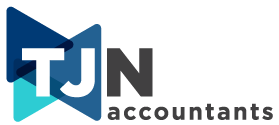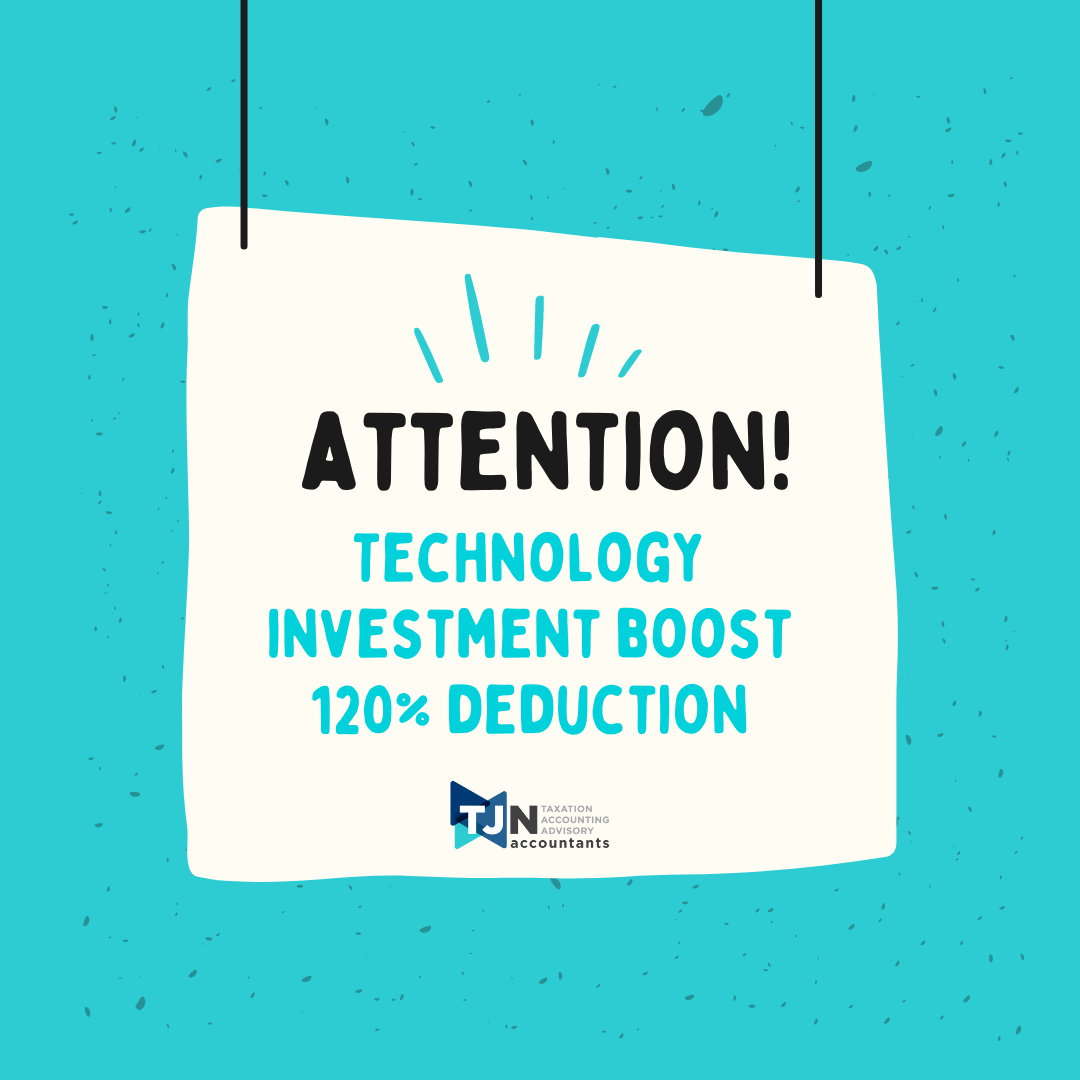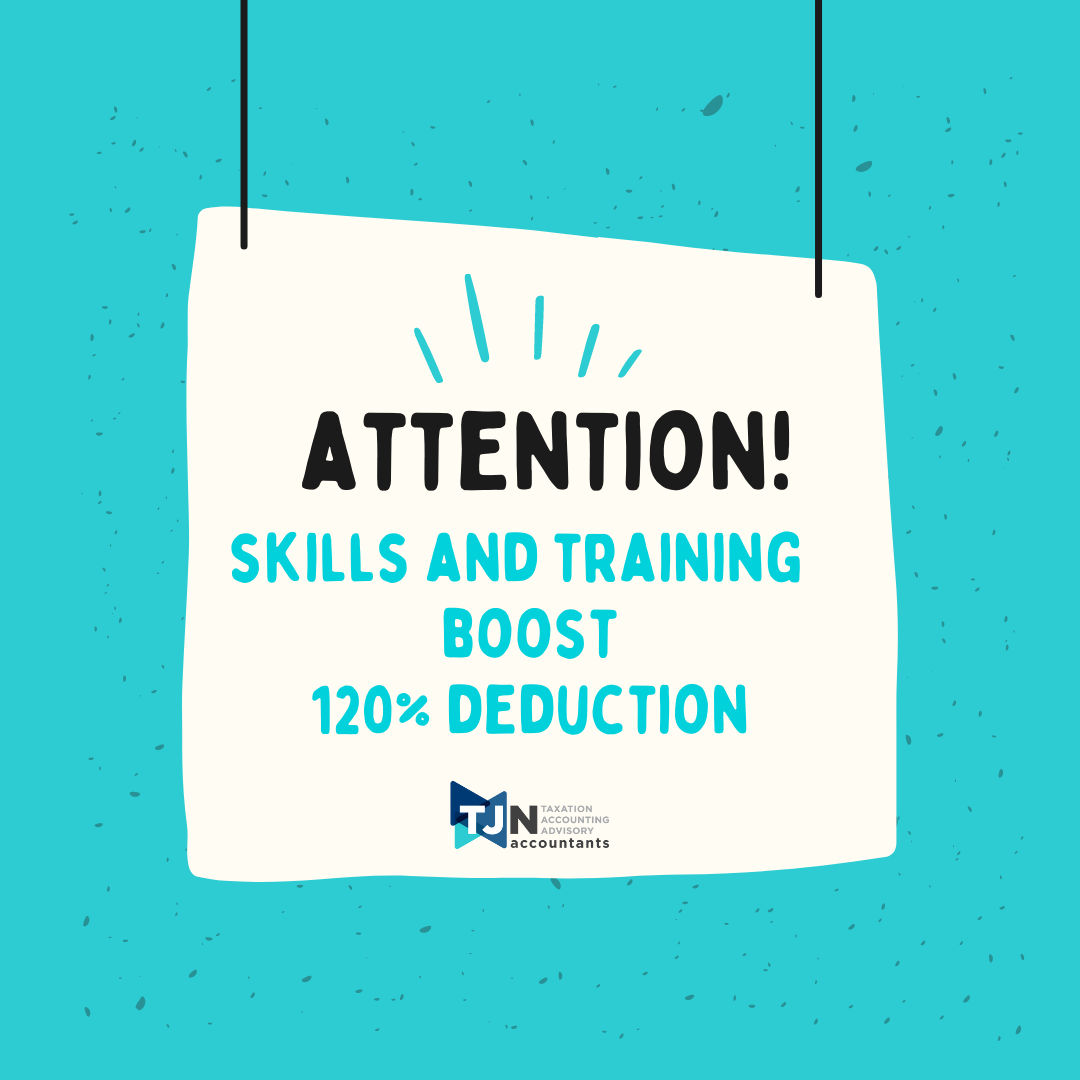Navigating Fringe Benefits Tax at Christmas
Fringe Benefits Tax (FBT) is a tax that employers pay for non-cash benefits they provide to their employees. Rather than taxing the employees on these benefits, the employer pays fringe benefits tax.
Christmas provides employers with a great opportunity to reward their staff. Understanding the key FBT considerations during Christmas time is crucial to avoid potential pitfalls and optimise tax outcomes.
Christmas parties
Hosting a Christmas party is also a great way to celebrate the end of the year. However, there may FBT implications associated with the party.
The costs associated with Christmas parties (for example, food and drink) are exempt from FBT if they are provided on a working day on your business premises and consumed by current employees.
Alternatively, if you hold your Christmas party away from your business premises, the party will be exempt if it costs less than $300 per employee.
Christmas presents
Gifts that are given to employees can attract FBT. However, if the value of the gift is below $300 per employee, it is exempt.
Tax deductions and GST
You can only claim a tax deduction and GST on benefits that are subject to FBT. So, if the benefits you are providing to your employees (gifts and/or Christmas party) are under $300 and exempt from FBT, they will not be tax deductible nor can you claim any GST on the cost.
DISCLAIMER: The information in this article is general in nature and is not a substitute for professional advice. Accordingly, neither TJN Accountants nor any member or employee of TJN Accountants accepts any responsibility for any loss, however caused, as a result of reliance on this general information. We recommend that our formal advice be sought before acting in any of the areas. The article is issued as a helpful guide to clients and for their private information. Therefore it should be regarded as confidential and not be made available to any person without our consent.

Jeanette has over 20 years experience as an accountant in public practice. She is a Chartered Accountant, registered tax agent and accredited SMSF Association advisor. When she is not helping business owners grow their empires, you will likely find her out running on the trails or at the gym. Book in to see Jeanette today.











